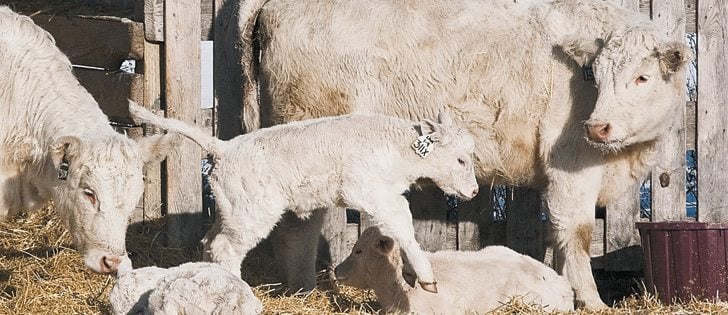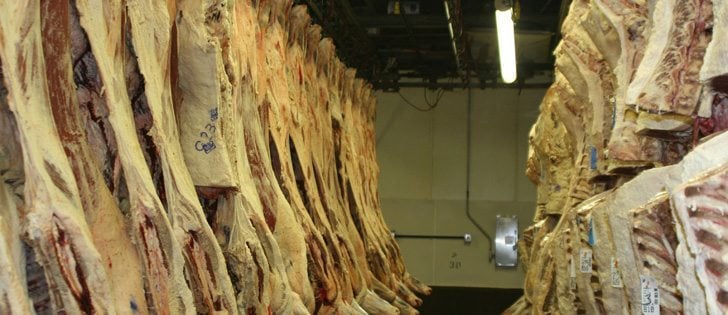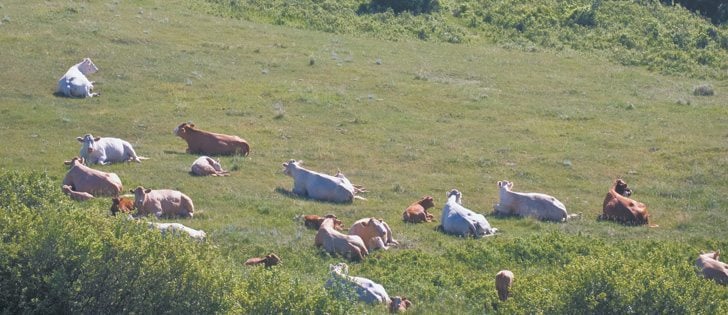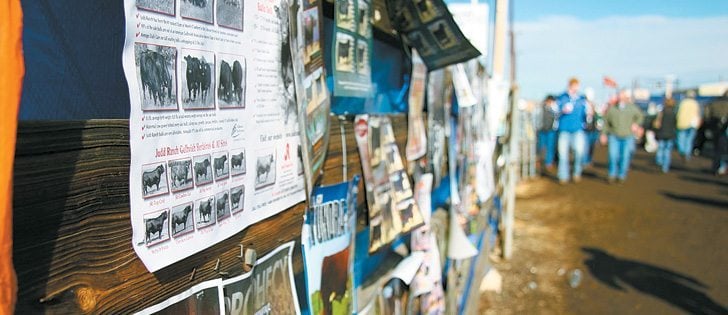Producers could save millions | U.S. researchers want to select cattle for more than just commercial traits
NASHVILLE, Tenn. — If cattle were resistant to diseases like bovine respiratory disease, it could save producers millions of dollars.
Bovine respiratory disease is a complex condition seen in the form of shipping fever or pneumonia. Many different viral and bacterial pathogens are involved in causing disease and death in cattle between the ages of six weeks and two years. It costs the U.S. industry about $625 million in medications, poor performance and cattle deaths.
BRD has been well documented for more than 100 years and yet it remains prevalent, said Alison Van Eenennaam of the University of California, Davis at the National Cattlemen’s Beef Association annual meeting in Nashville, Tenn., last month.
Read Also

Canada’s slaughter horse industry lacks transparency
The lack of clear reporting and public access to data keeps the industry largely hidden, leaving questions about humane treatment and traceability unanswered.
“It has been extensively studied since the 1800s and we still have very high levels of mortality associated with this particular syndrome,” she said during an animal disease forum.
She is part of a large national program to collect DNA samples from thousands of animals for several purposes, including finding genetic markers for BRD resistance.
“Disease resistance is a very attractive target for this technology. There is genetic variation and there is also increased public concern about the use of antimicrobials in animal production,” she said.
Her research team will test beef and dairy cattle for BRD.
The first year of the study involves 70,000 dairy calves that will be checked for disease and genotyped. The second year will examine feedlot cattle in Texas.
Genetic research has already found commercial traits like fertility, calving ease and growth, but there are few reliable tools to select for disease tolerance or resistance, said Mark Enns of Colorado State University.
It is hard to make genetic improvements because not all sick animals are diagnosed accurately.
“Not all sick animals are typically identified in a pen of feedlot calves and healthy animals may be incorrectly classed as sick and we treat them,” he said.
When there is an outbreak, animals may be treated whether they need it or not.
“If the animal looks at you funny, you are probably going to treat it as sick because you want to nip it in the bud,” he said.
“That is an inherent problem when we try to identify disease and then select those that seem to be resistant.”
Studies underway want to find those with a lower probability of getting sick when they are subjected to stress or high pathogen loads invading their bodies.
Stress from transportation, weather extremes, dehydration, lack of feed or starting a new diet, processing, exposure to dust, crowding and comingling with other cattle are among the risk factors.
Stress is anything that reduces the immune system response, said veterinarian Chris Chase of South Dakota State University.
“Under the right set of conditions, we end up developing this very serious disease BRD,” he said.
In most cases, it starts as a viral infection and then bacteria moves into the upper respiratory tract and causes pneumonia.
“The immune system is affected a great deal by the brain. That is why temperament is such a big deal. If you have animals that have fear and flight, that has a big affect on the immune response,” he said.
Stress hormones actually help the bacteria grow better, he said.
The body’s immune cells have to move to the infection and stop it. Under stress, they do not move and it may take them 10 days to restart. Bovine viral disease can be part of BRD disease. It is an immune suppressing virus and may prevent these cells from moving to fight disease.
Good management starts by vaccinating the cow four to six weeks before calving so it can produce high quality colostrum containing high levels of maternal antibodies to fight disease.
Good vaccines are available if administered at the right time but many contain protection against a number of infections and may not work as hoped.
Vaccinating young calves still carrying maternal antibodies may also defeat the purpose.
“I think we vaccinate calves too much and too soon,” he said.
Vaccinating right after weaning may also inhibit the immune system because the animals are already stressed.
It takes about two weeks for a vaccine to start building immunity so the booster should not be given for at least three weeks after the first immunization.
He recommends intranasal vaccines for calves.

















